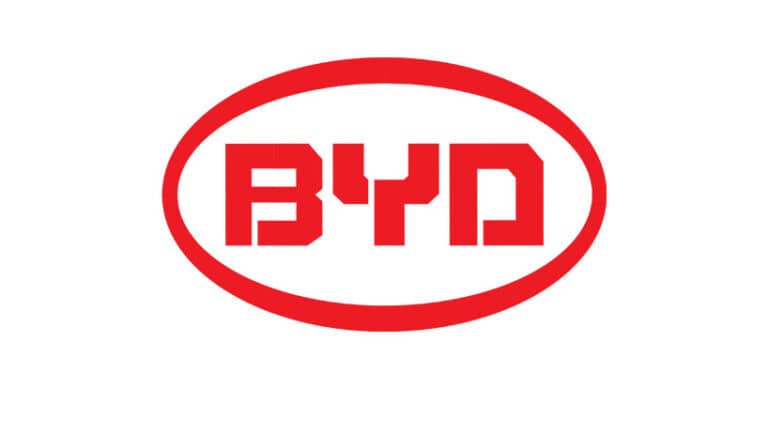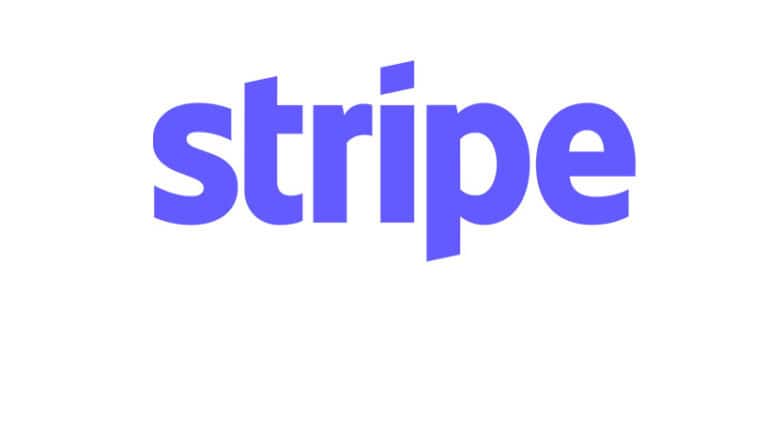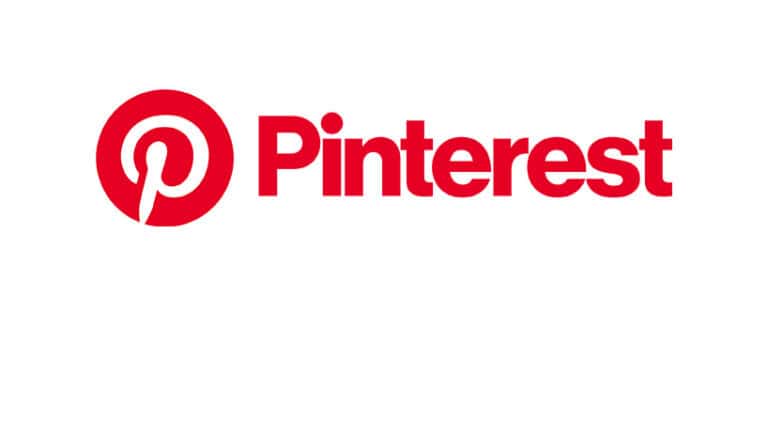1. Introduction to Facebook ML Interviews
Facebook, now Meta, stands at the forefront of machine learning and artificial intelligence innovations, with its machine learning engineers contributing to diverse projects, from optimizing newsfeed algorithms to enhancing the Oculus VR experience.The acceptance rate for software engineering roles, particularly in machine learning, is highly competitive—less than 3%—due to the high technical standards. That’s why strong preparation is essential for succeeding in your Facebook ML interview.
To help you prepare for Facebook's multi-stage interview process, this guide will walk you through the essential steps, provide suggestions from real candidates, and explain what makes this process unique.
2. Overview of Facebook’s ML Interview Process
If you’re aiming for a machine learning (ML) position at Facebook, you’re preparing for a comprehensive, multi-stage interview process. This process is designed to evaluate not only your technical skills but also your problem-solving approach, ability to design scalable systems, and how well you fit into Facebook’s work culture. Here’s what you can expect at each stage of the interview.
1. Recruiter Screen
The interview process typically starts with a conversation with a recruiter. This stage isn’t technical, but it’s your first opportunity to make a positive impression. The recruiter will ask about your experience, your current role, and why you’re interested in joining Facebook. They might also ask you to describe one or two past projects related to machine learning. Be ready to talk about your work in simple terms while highlighting your skills.
Pro Tip: Focus on why you're passionate about working at Facebook. Show how your background in ML could contribute to Facebook’s innovations in areas like recommendation systems or AI-powered content moderation. This is a great opportunity to ask questions about the role and company culture.
2. Technical Screen
Once you pass the recruiter screen, you’ll move to the technical screen, which is usually done via a video call. The technical screen typically lasts 45 minutes to an hour and includes coding challenges focused on algorithms and data structures. Even though this is an ML role, these questions will often resemble software engineering problems, so brush up on coding fundamentals.
Expect to solve problems related to:
Arrays and Strings: Manipulating data efficiently.
Graphs and Trees: Traversing and searching data structures.
Dynamic Programming: Solving optimization problems.
3. Onsite Interview (The Loop)
If you succeed in the technical screen, you’ll be invited to the onsite interviews, often called "the loop." These interviews can be intense, typically lasting half a day or more, but they provide an in-depth look at your abilities. The loop consists of several rounds, including coding interviews, a machine learning system design interview, and a behavioral interview.
Coding Rounds
In the coding interviews, you’ll be asked to solve problems that focus on data structures and algorithms. You may encounter:
Sorting and Searching Algorithms: Think binary search or quicksort.
Graphs: Problems that require you to navigate networks of connected nodes.
Dynamic Programming: More complex optimization problems.
Although these problems may not directly involve machine learning algorithms, Facebook emphasizes the ability to solve algorithmic challenges quickly and efficiently.
Machine Learning System Design
One of the most critical parts of the loop is the system design interview, where you’ll need to design an ML solution from scratch. The interviewer might ask you to create a recommendation engine, a fraud detection system, or a content ranking algorithm. You’ll need to explain how you would build the system, from data collection to model deployment, focusing on how to make the solution scalable and efficient.
Behavioral Interviews
Facebook values teamwork and collaboration, so you’ll be asked behavioral questions to assess how well you fit with the company’s culture. Be ready to talk about times when you’ve worked on a team, faced challenges, and had to make difficult decisions.
Common questions include:
"Tell me about a time you had a conflict with a coworker. How did you resolve it?"
"Describe a project where you faced a lot of pressure. How did you manage it?"
3. 15 Most Frequently Asked Questions in a Facebook ML Interview
What is overfitting, and how do you prevent it?
Answer: Overfitting occurs when a model performs well on training data but poorly on unseen data. Techniques like cross-validation, regularization (L2 or L1), and dropout can help mitigate it.
Explain how a decision tree works.
Answer: A decision tree splits data into branches based on feature values. It selects the split that minimizes entropy (or another measure) at each node.
How do you handle an imbalanced dataset?
Answer: Techniques include resampling, synthetic data generation (e.g., SMOTE), and using appropriate evaluation metrics like F1-score instead of accuracy.
Design a fraud detection system for a banking platform.
Answer: Build a binary classifier, ensuring attention to data preprocessing, handling class imbalance, and evaluating performance on unseen data.
How would you deploy an ML model to production?
Answer: Steps include model versioning, containerization (using Docker), setting up CI/CD pipelines, and monitoring model performance post-deployment.
What’s the difference between bagging and boosting?
Answer: Bagging involves training multiple models independently and averaging their results, while boosting builds models sequentially, focusing on misclassified examples.
What is PCA, and when would you use it?
Answer: Principal Component Analysis (PCA) is a dimensionality reduction technique used when there are too many features in a dataset. It helps in reducing overfitting.
Implement Dijkstra’s algorithm.
Answer: Dijkstra’s algorithm finds the shortest path between nodes in a graph. It uses a priority queue to explore the most promising paths first.Here’s the continuation and completion of the blog, incorporating the answers to the top 15 most frequently asked questions, as well as how InterviewNode can assist candidates in their preparation for Facebook ML interviews:
How would you evaluate the performance of a classification model?
Answer: Use metrics like accuracy, precision, recall, F1-score, and ROC-AUC. The choice of metrics depends on the specific use case. For imbalanced datasets, precision-recall curves are often more insightful than ROC.
Explain the difference between supervised and unsupervised learning.
Answer: Supervised learning uses labeled data to train models, such as regression or classification tasks. Unsupervised learning, on the other hand, works with unlabeled data and is often used for clustering or dimensionality reduction.
What is cross-validation, and why is it important?
Answer: Cross-validation is a technique used to assess how a model performs on unseen data. It divides the dataset into multiple subsets, training on some and validating on others, to reduce overfitting and improve generalization.
Design a recommendation system for Facebook.
Answer: The system can use collaborative filtering, content-based filtering, or a hybrid approach. Start by collecting user interaction data and then build models that predict user preferences based on this data.
What is the bias-variance tradeoff?
Answer: The bias-variance tradeoff refers to the balance between a model’s ability to generalize versus its complexity. High bias models are too simple and underfit the data, while high variance models overfit the data.
What is the role of regularization in ML?
Answer: Regularization techniques like L1 (Lasso) and L2 (Ridge) add penalties to the loss function to prevent overfitting by discouraging overly complex models.
How would you handle missing data in a dataset?
Answer: You can either drop the missing data or impute values using techniques like mean substitution, k-nearest neighbors, or predictive models. The choice depends on the nature and amount of missing data.
4. Key Topics to Master for Facebook ML Interviews
To ace your Facebook ML interview, there are three key areas you must master: coding, machine learning fundamentals, and system design.
Coding and Algorithm Proficiency
Facebook emphasizes strong foundational coding skills. Even for ML roles, you need to demonstrate mastery over key algorithmic concepts:
Data Structures: Arrays, linked lists, trees, and graphs.
Algorithms: Sorting, searching, and dynamic programming.
Optimization: Efficient use of time and space complexity.
You can practice these topics on platforms like Leetcode. Focus on medium-to-hard problems to get comfortable with the kind of challenges Facebook is likely to present.
ML Fundamentals
Facebook’s ML engineers work on a variety of problems, so you should be comfortable with the following concepts:
Supervised vs. Unsupervised Learning: Be prepared to explain the differences and provide examples of when to use each.
Model Evaluation: Understand metrics like accuracy, precision, recall, F1-score, and AUC-ROC. Be ready to discuss trade-offs and how you choose the right metric for the task.
Overfitting: You’ll likely be asked how to detect and prevent overfitting, so know techniques like cross-validation, regularization, and pruning.
System Design for Machine Learning
Facebook expects its ML engineers to build scalable systems that can handle huge amounts of data. In the system design interview, you may be asked to design a full ML pipeline, including:
Data Collection: How will you collect and preprocess data at scale?
Model Training and Tuning: What algorithms will you use, and how will you optimize hyperparameters?
Deployment: How will you deploy the model and monitor its performance over time?
5. How InterviewNode Can Help You Prepare for Facebook ML Interviews
Preparing for a Facebook ML interview is a major task, and it can be hard to know where to focus your efforts. This is where InterviewNode steps in to provide specialized support for candidates aiming to land roles at top tech companies like Facebook. Here’s how InterviewNode can help streamline your preparation process:
1. Tailored Mock Interviews
InterviewNode offers mock interviews that simulate the exact style of Facebook’s interviews. These practice sessions are led by ML engineers who have previously worked at companies like Facebook, Google, and Amazon. This allows you to experience real interview pressure and receive feedback on how you performed.
What to Expect: Mock interviews will cover everything from coding challenges to ML system design and behavioral questions. You’ll get valuable insights into how you can improve both your technical and communication skills in real-time.
2. 1:1 Personalized Coaching
The best way to prepare for interviews is with the help of someone who has been through the process. InterviewNode connects you with coaches who have worked in ML roles at Facebook and other leading companies. These 1:1 coaching sessions help you:
Identify your strengths and weaknesses.
Focus on the right areas, whether that’s algorithms, system design, or behavioral responses.
Get tailored advice on how to handle specific questions or challenges that may come up in your interview.
3. Exclusive Access to a Database of Real Questions
InterviewNode provides access to an extensive database of past Facebook ML interview questions. By practicing with these real questions, you’ll have a better understanding of the type of problems Facebook tends to ask and how to approach them.These questions are paired with solutions and explanations, giving you an edge during practice.
4. Behavioral Interview Preparation
InterviewNode recognizes that technical skills alone aren’t enough to land a role at Facebook. That’s why the platform provides comprehensive support for behavioral interviews, helping candidates craft effective responses to questions about leadership, teamwork, and problem-solving.
How InterviewNode Helps:
STAR Method: Coaches will help you structure your answers using the STAR (Situation, Task, Action, Result) method, ensuring your responses are clear, concise, and impactful.
Practice Scenarios: Work through common behavioral questions with your coach and get feedback on how to improve your delivery and alignment with Facebook’s values.
5. Study Plans and Resources
InterviewNode creates customized study plans based on your progress and interview timeline. Whether you’re weeks or months away from your interview, InterviewNode will map out the right preparation strategy, including coding problems, ML case studies, and system design practice.
Final Tip: InterviewNode’s support extends beyond just interviews. They help you with resume reviews, negotiation tips, and much more, making sure you’re fully prepared from start to finish.
6. Common Pitfalls to Avoid
Even the best-prepared candidates can fall into common traps during their Facebook ML interviews. Here are the key mistakes you should avoid to maximize your chances of success:
1. Not Discussing Your Approach Before Coding
Jumping straight into code is a common rookie mistake. Facebook interviewers expect candidates to explain their approach and confirm that it’s sound before diving into the code. Skipping this step can lead to unnecessary errors and confusion.
2. Overcomplicating Your Solution
Simplicity is key, especially in technical interviews. Many candidates try to over-engineer their solutions, thinking it will impress the interviewer. However, it’s often better to start with a simple, clear solution and then optimize it if time allows.
3. Neglecting System Design
System design is often an afterthought for ML candidates who are more focused on coding problems. However, Facebook places a significant emphasis on your ability to design scalable, reliable systems. Make sure to practice designing full ML pipelines, from data ingestion to deployment.
4. Ignoring Behavioral Interview Preparation
While technical skills are crucial, Facebook’s behavioral interview is just as important. If you can’t demonstrate that you’re a good cultural fit or that you can work well on a team, it may cost you the job. Prepare for questions about teamwork, leadership, and conflict resolution.
5. Failing to Consider Edge Cases
Always test your solution for edge cases, especially in coding interviews. Facebook interviewers expect you to consider how your code will handle unusual or unexpected inputs. Neglecting this step could hurt your chances.
7. Suggestions from Real People Who Interviewed at Facebook
Hearing directly from people who have gone through the Facebook ML interview process can give you invaluable insights into what works and what doesn’t. Below are the do’s and don’ts shared by candidates who successfully (and sometimes unsuccessfully) completed Facebook’s ML interviews.
Do’s
Collaborate with the Interviewer
"One of the best things I did was explaining my thought process throughout the interview. My interviewer gave subtle hints when I started going down the wrong path". Explaining your logic as you go helps the interviewer see how you think and can lead to valuable feedback.
Start Simple and Build Complexity in System Design
"I started with a very basic system and then added complexity as the interviewer asked questions. This helped me avoid getting overwhelmed and kept the interview focused". Begin with a simple design, then gradually expand as the interviewer prompts for more details.
Practice Mock Interviews with a Focus on Timing
Many candidates have reported that timing was a key issue. Jack on Reddit emphasized the importance of timing, saying, "I spent too much time on one problem and barely finished the second. Practicing mock interviews with a time limit helped me correct this for future rounds".
Use the STAR Method for Behavioral Questions
Emily Clark shared on InterviewKickstart: "I practiced the STAR method before my Facebook interviews. Being clear about what the situation was, what action I took, and the result helped me avoid rambling".Using this structured approach ensures that your answers are direct and focused.
Prepare for Multiple Interview Rounds
Another candidate mentioned, "I didn’t realize how exhausting the process would be. There were back-to-back interviews, and by the end, I was mentally drained. Practice staying focused for longer periods". Simulating a full day of interviews during practice will help you maintain stamina.
Don’ts
Don’t Jump Straight into Coding
One common mistake is to start writing code before discussing your approach. One review said "I used to jump right into coding without confirming my plan. My interviewer once stopped me and said, 'Let’s talk through this first.' That taught me to outline my approach before coding".Always verbalize your thought process first.
Don’t Overcomplicate Solutions
Overthinking can hurt your chances. Rohan shared, "In one interview, I tried to come up with an overly complex solution, and I ended up wasting time. Stick with the simplest solution and iterate on it if needed".Start simple, then optimize.
Don’t Neglect System Design
Some candidates focus heavily on coding and neglect system design. Emily on Glassdoor shared, "I didn’t prepare enough for the system design interview, and it showed. This was the hardest part of the process for me".Make sure you’re spending time on system design, especially for ML pipelines and scalable architectures.
Don’t Underestimate the Behavioral Interview
Facebook places a lot of importance on culture fit. Jackson mentioned, "I didn’t prepare well for the behavioral interview, and I stumbled through questions about teamwork. Facebook cares a lot about how you work with others, so don’t skip this".Practicing answers to common behavioral questions is crucial.
Don’t Forget to Test for Edge Cases
Facebook’s interviewers want to see that you’ve thought through all possible scenarios. Ravi shared, "I didn’t test my solution for edge cases, and that hurt me. Always consider corner cases, like large inputs or missing data".
8. Conclusion and Final Tips
Preparing for a Facebook ML interview is a challenging but rewarding journey. By focusing on core algorithms, mastering ML fundamentals, practicing system design, and preparing thoroughly for behavioral questions, you'll be well-equipped to succeed. Remember to approach the interview process as a collaboration, showcasing your communication skills and ability to work through problems systematically.
Good luck with your preparation !!






